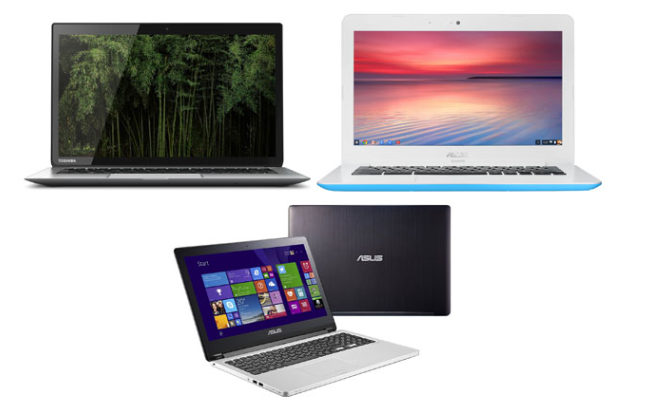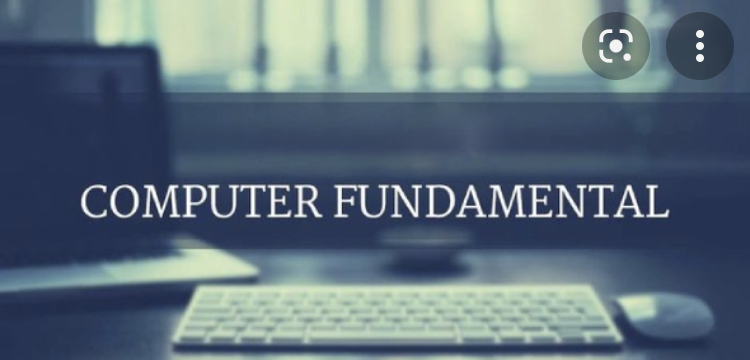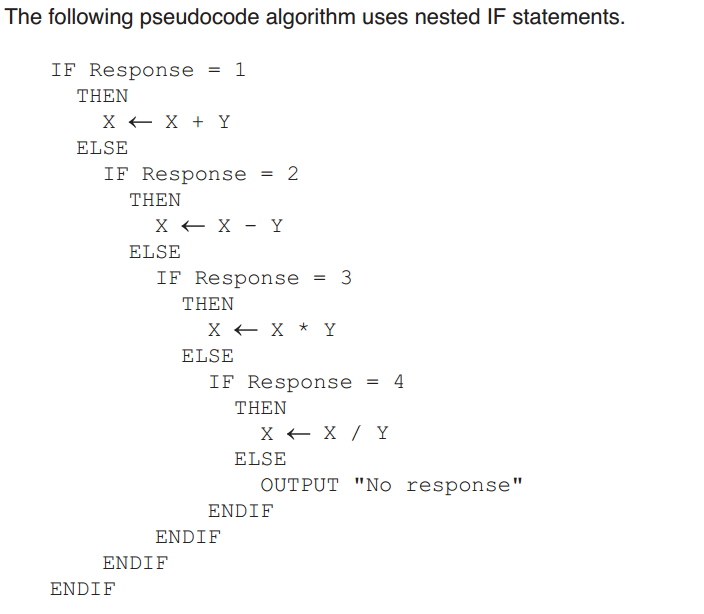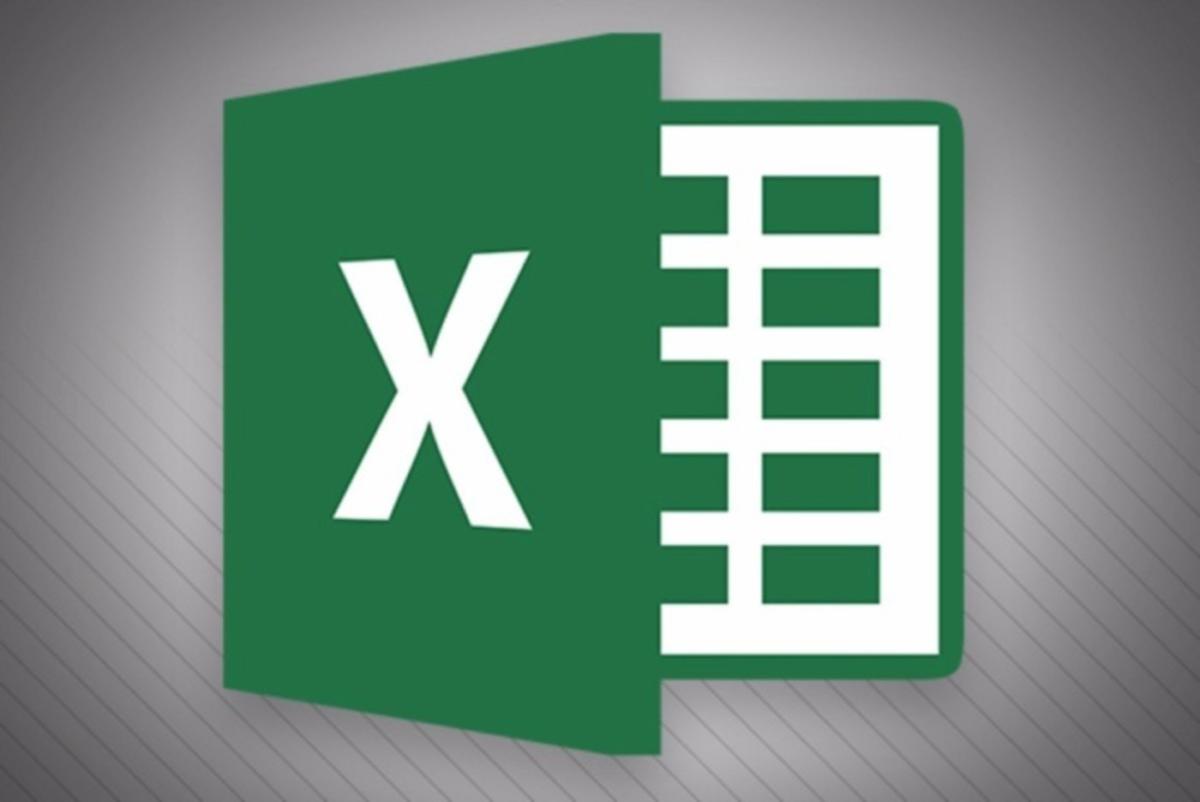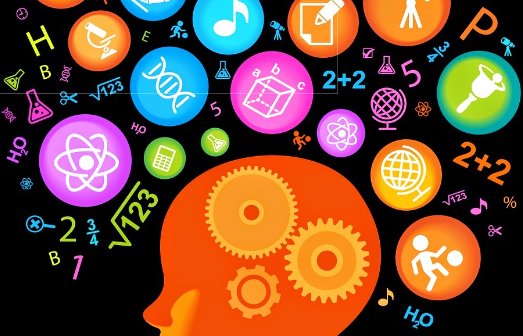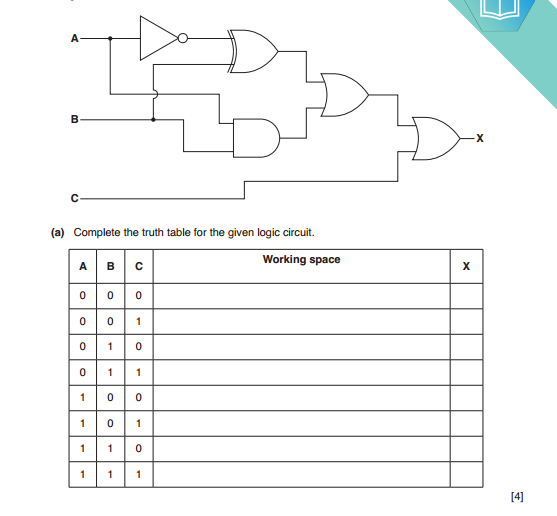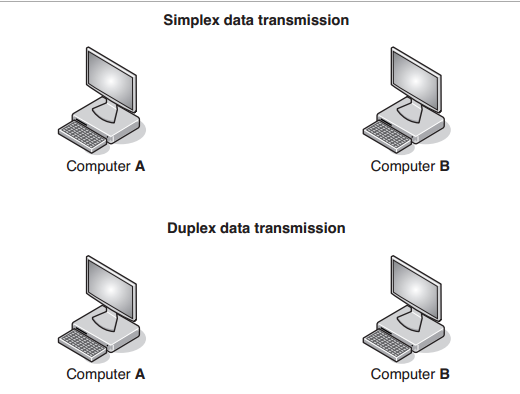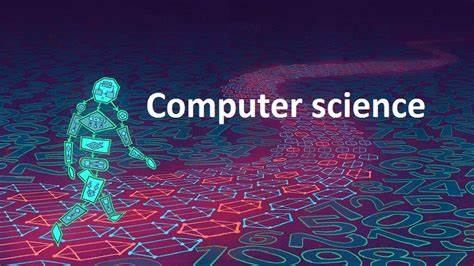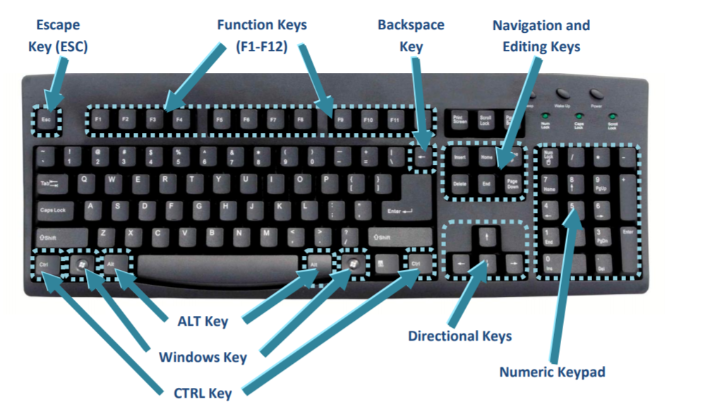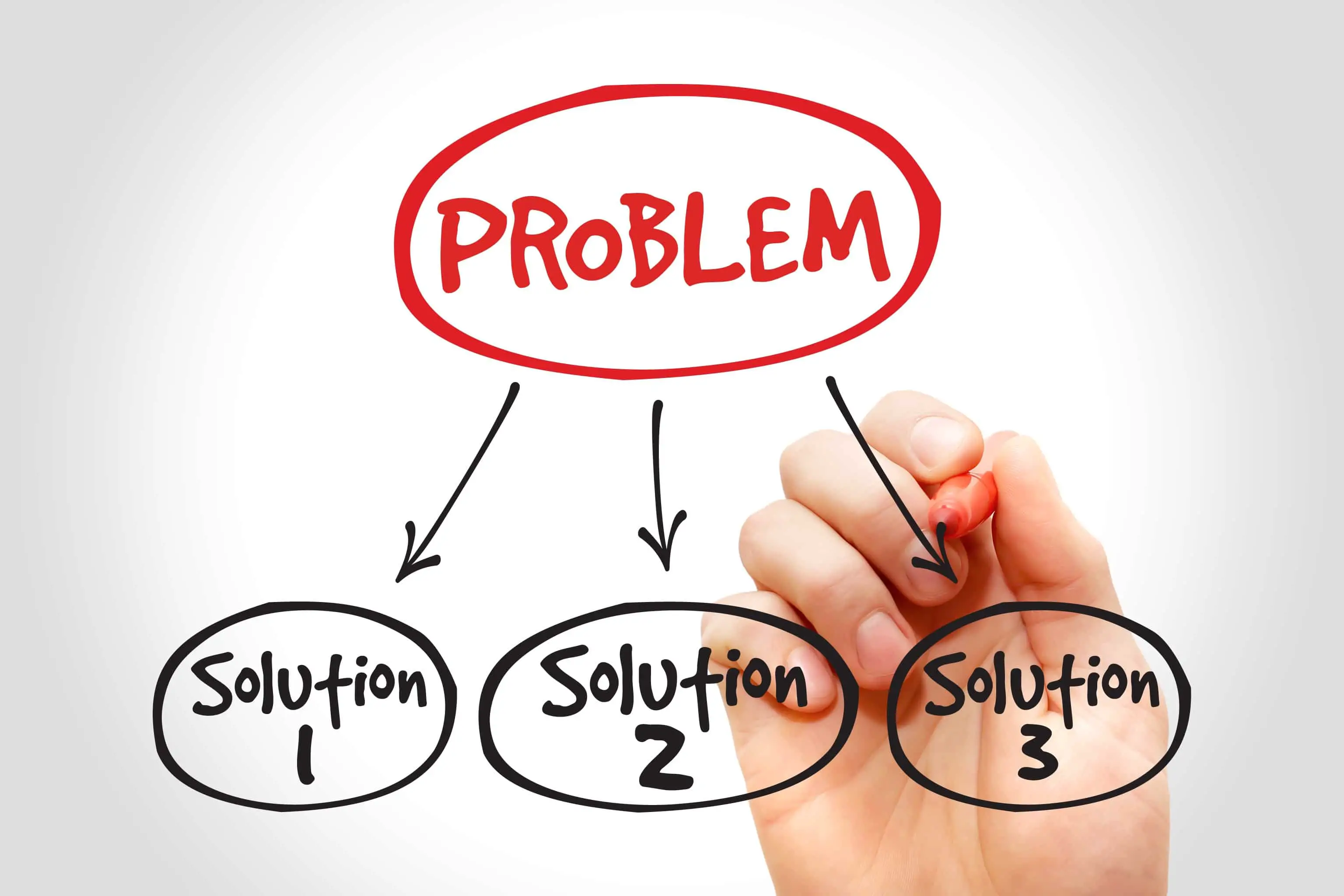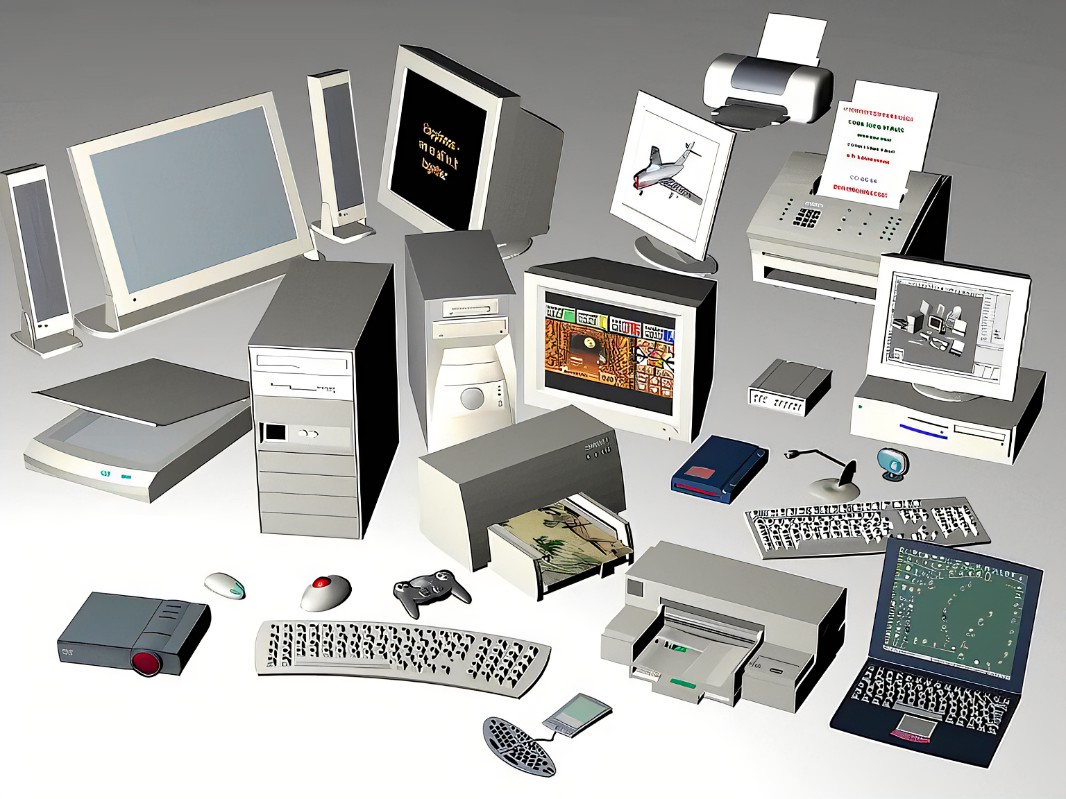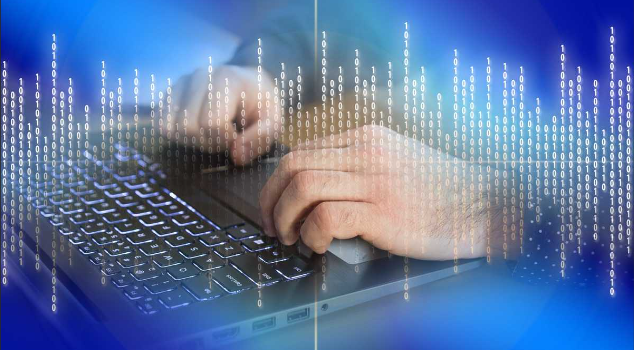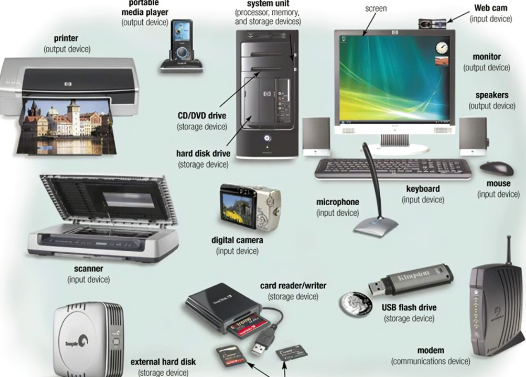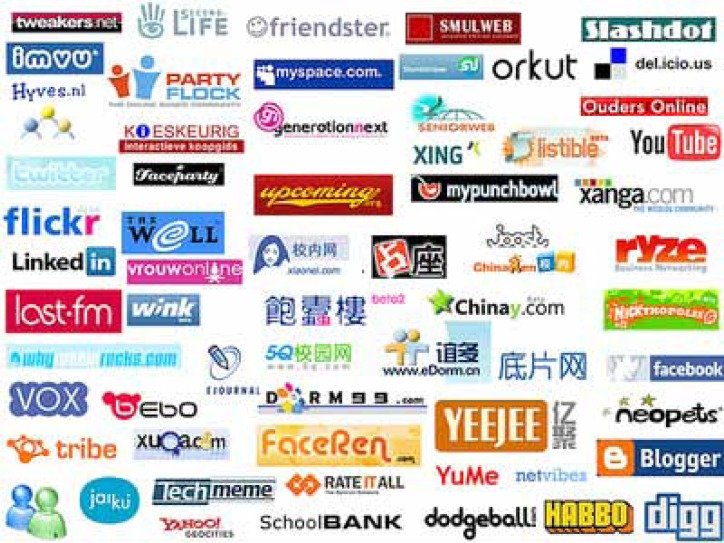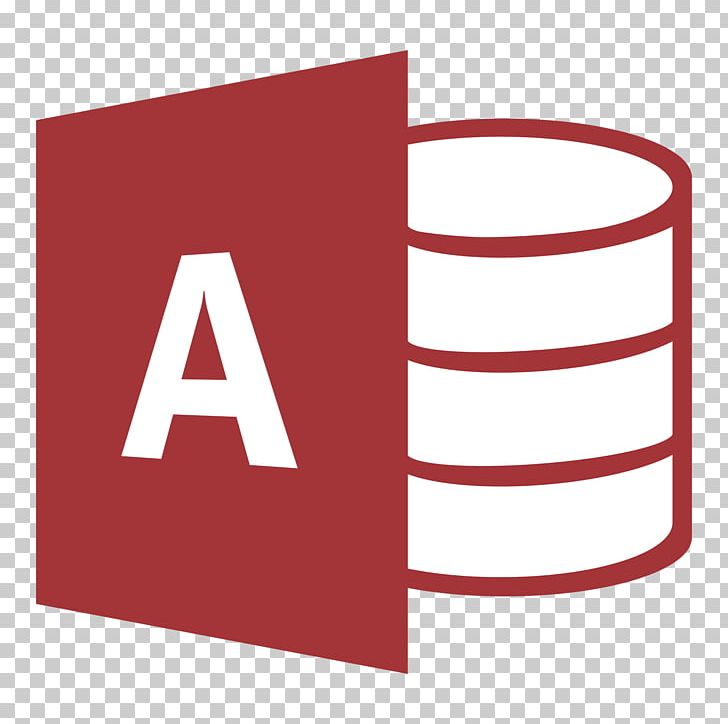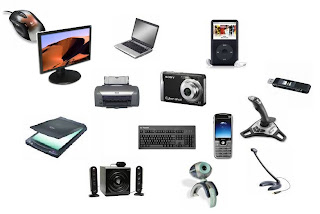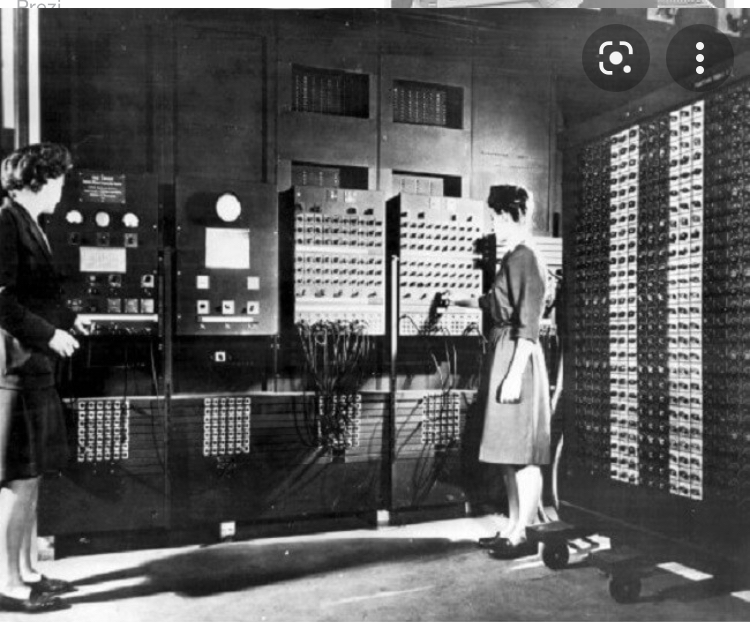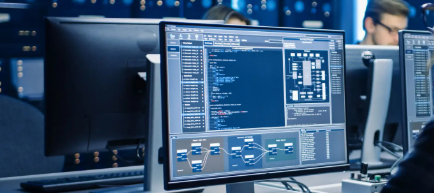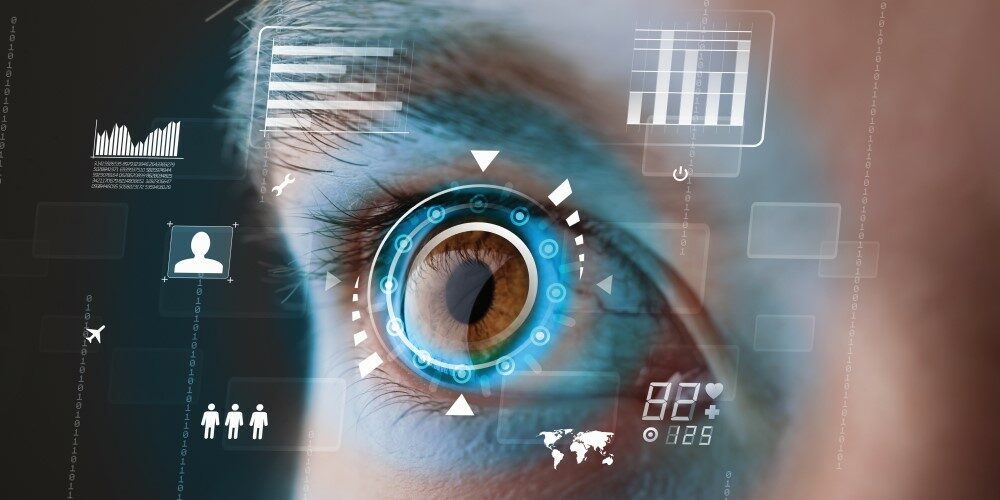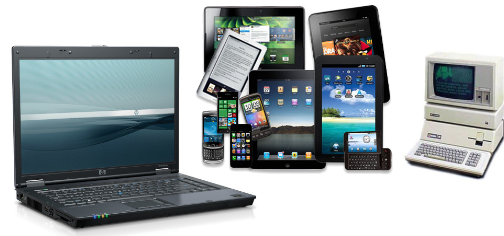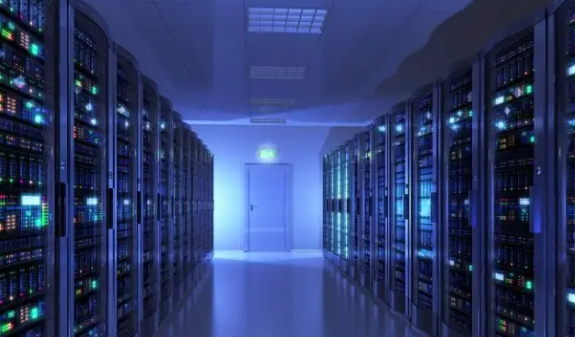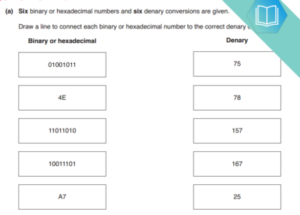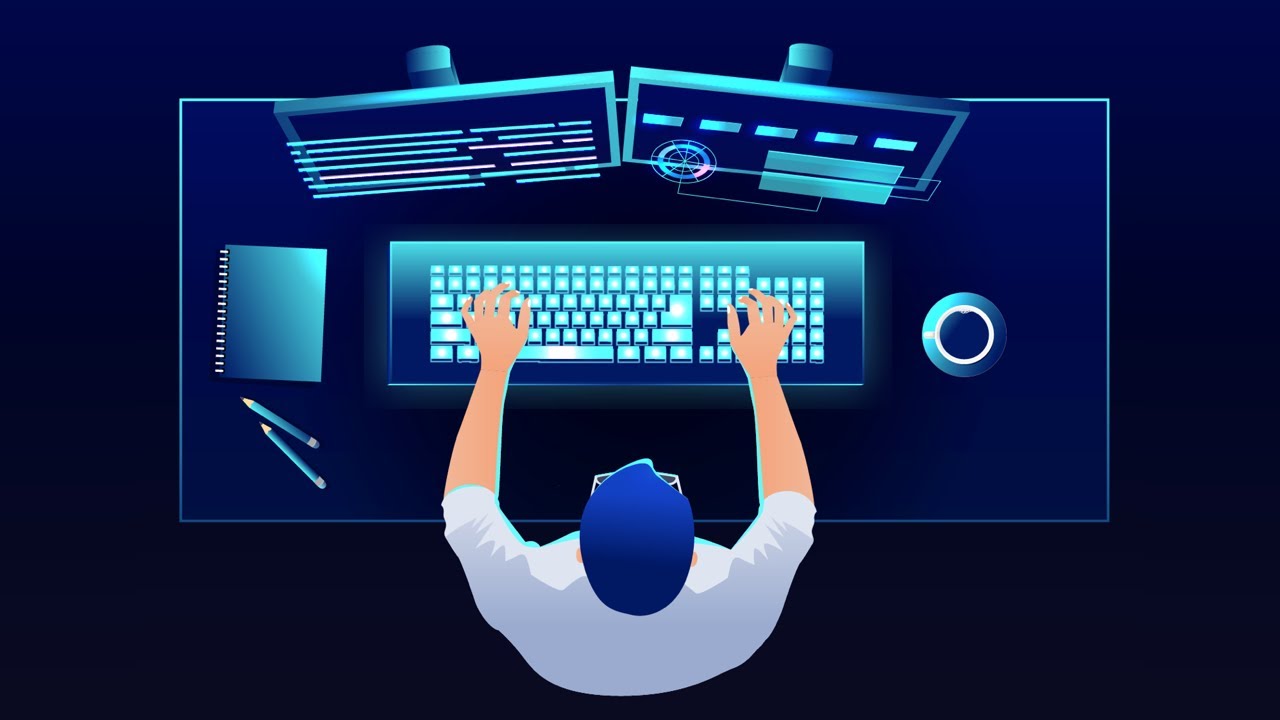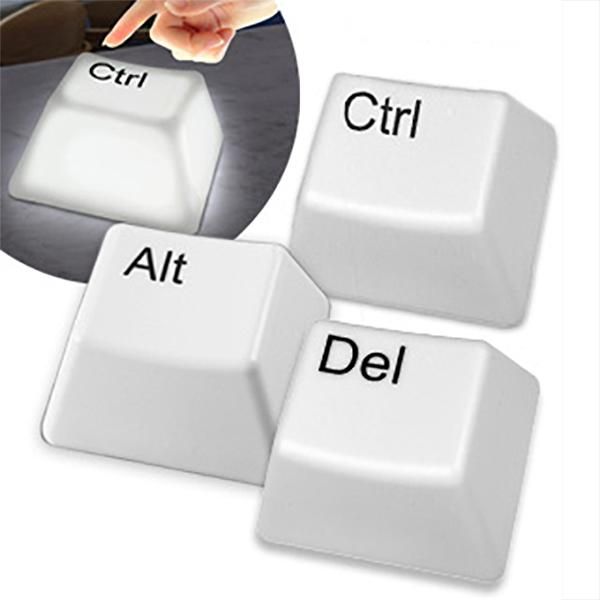Software refers to a collection of programs, data, and instructions that tell a computer how to perform various tasks. It is a non-tangible component of a computer system that enables users to interact with hardware and accomplish specific functions. Software can be categorized into several types, each serving distinct purposes. Here are some common types of software with examples:
- System Software:
- Operating System (OS): The OS manages computer hardware and provides a user interface. Examples include Microsoft Windows, macOS, and Linux.
- Device Drivers: These enable communication between the OS and hardware devices, such as printers and graphics cards.
- Application Software:
- Word Processing Software: Used for creating, editing, and formatting text documents. Example: Microsoft Word, Google Docs.
- Spreadsheet Software: Allows users to create and manipulate data in tabular form. Example: Microsoft Excel, Google Sheets.
- Presentation Software: Used for creating slideshows and presentations. Example: Microsoft PowerPoint, Google Slides.
- Web Browsers: Enable users to access and interact with websites. Examples: Google Chrome, Mozilla Firefox.
- Email Clients: Manage and send emails. Examples: Microsoft Outlook, Mozilla Thunderbird.
- Graphics Design Software: Used for graphic design and image editing. Example: Adobe Photoshop, GIMP.
- Video Editing Software: Allows editing and manipulation of video content. Example: Adobe Premiere Pro, iMovie.
- Gaming Software: Includes video games and gaming platforms like Steam and PlayStation Network.
- Accounting Software: Helps manage financial transactions and accounts. Example: QuickBooks, Xero.
- Antivirus Software: Protects systems from malware and viruses. Examples: Norton, McAfee.
- Music and Audio Software: For creating, editing, and playing audio. Example: Adobe Audition, Audacity.
- Utility Software:
- File Compression Software: Compresses and decompresses files to save space. Example: WinZip, 7-Zip.
- Disk Cleanup Tools: Helps free up storage space by removing unnecessary files. Example: CCleaner.
- Backup Software: Automatically backs up data to prevent data loss. Example: Acronis True Image.
- Password Managers: Securely store and manage passwords. Examples: LastPass, 1Password.
- Programming Software:
- Integrated Development Environments (IDEs): Provide tools for coding, testing, and debugging. Examples: Visual Studio, Eclipse.
- Text Editors: Simple tools for writing and editing code. Examples: Notepad++, Sublime Text.
- Educational Software:
- Educational Games: Help teach various subjects through interactive games. Example: Math Blaster.
- eLearning Platforms: Provide online courses and tutorials. Examples: Coursera, edX.
- Content Management Systems (CMS):
- Enable the creation and management of websites and web content. Examples: WordPress, Drupal.
- Embedded Software:
- Firmware and software embedded in devices like smart appliances, cars, and IoT devices.
- Open Source Software:
- Developed and distributed with an open-source license. Examples include the Linux OS, LibreOffice, and Mozilla Firefox.
- Proprietary Software:
- Commercial software owned by a company and typically requires a license for use. Examples include Microsoft Office and Adobe Creative Cloud.
- Freeware and Shareware:
- Freeware is free software, while shareware offers a limited version for free and a paid version with additional features. Example: WinRAR (shareware), 7-Zip (freeware).
These are just a few examples of the various types of software that exist. Software is a fundamental part of modern computing, enabling a wide range of tasks and applications.



